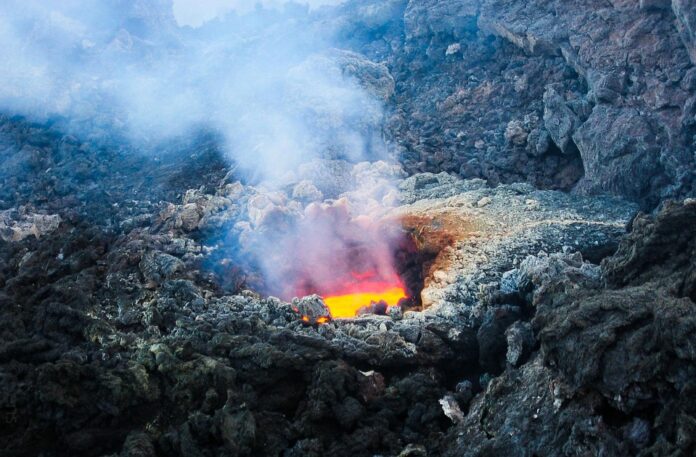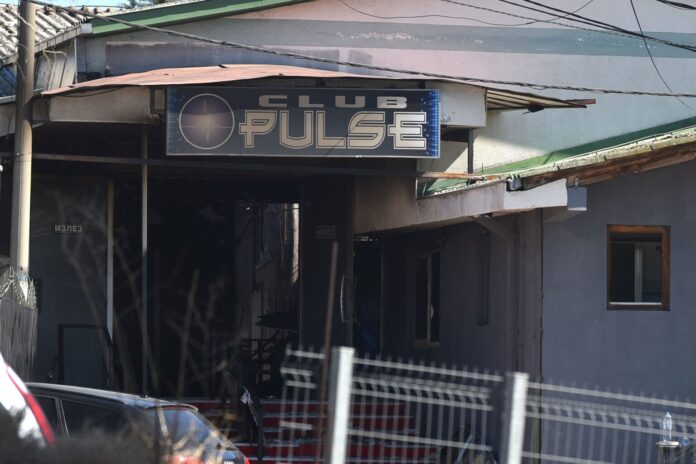European supercar wakes up – Nova Makedonija

The Italian volcano Etna on Sicily erupted with an excellent force earlier this week, emitting a huge cloud of ash and smoke, which rose more than six kilometers into the air. The eruption caused panic among tourists found on the mountain, and even residents who are accustomed to Etna’s eruptions were not indifferent. According to reports, the eruption was the most powerful in the last four years, with powerful explosions and pyroclastic flows descending on the volcano slopes.
And while Etna regularly shows her activity, another Italian volcano draws more attention and concerns from scientists – the Supervisan of the Camps Flager, near Naples. This huge caldera, also known as fields of flame, shows signs of waking that could have serious consequences for the planet.
Scientists have registered more than 3,000 earthquakes in the area in the last six months, indicating increased seismic activity. Such shakes often precede volcanic eruptions, as pressure in the volcano increases, pushing the magma to the surface. Campi Flogray is part of the campanic volcanic arc, which includes the famous volcano Vesuvius, responsible for the destruction of Pompeii in 79 AD.
More than four million people live in the shadow of Flagrech camp, including the city of Naples and nearby cities like Pocuoli. These are not distant mountain villages; These are densely populated urban centers located at the top of the ancient caldera. The potential eruption of Campi Flogray could have catastrophic consequences. The avalanche flows, ash clouds and warm pyroclastic flows could destroy infrastructure, bury settlements and leave the basic infrastructure, such as water and electricity, in ruins. It’s not just a melted rock. Volcanic ash can ground aircraft, destroy crops, clog engines and cause respiratory problems. At worst, it could change global time models in the years to come.
The Italian authorities did not understand the threat easily. The official alert level for the Campi Flager volcano was increased by the green (normal) yellow (caution) in 2012. Protocols for urgent evacuation have been developed and revised, but coordinating the mass movement of millions of people under sudden threat remains a logistical challenge of epic proportions. A team led by Dr. Gianmarko Buono, a researcher at Federico II University in Naples, recently conducted a study analyzing Solfatara gas emissions, one of the many volcanic openings within the flague fields. The findings are amazing: almost 80 percent of carbon dioxide in the area is directly related to magma activity. The other 20 percent come from the interactions between warm fluids and underground rocks, a less malicious phenomenon. The study adds weight to the theory that magma is slowly approaching the surface, creating increased pressure under the earth’s crust. Combined with swelling of the earth and constant earthquakes, this combination of signals is a cause of real concern.








